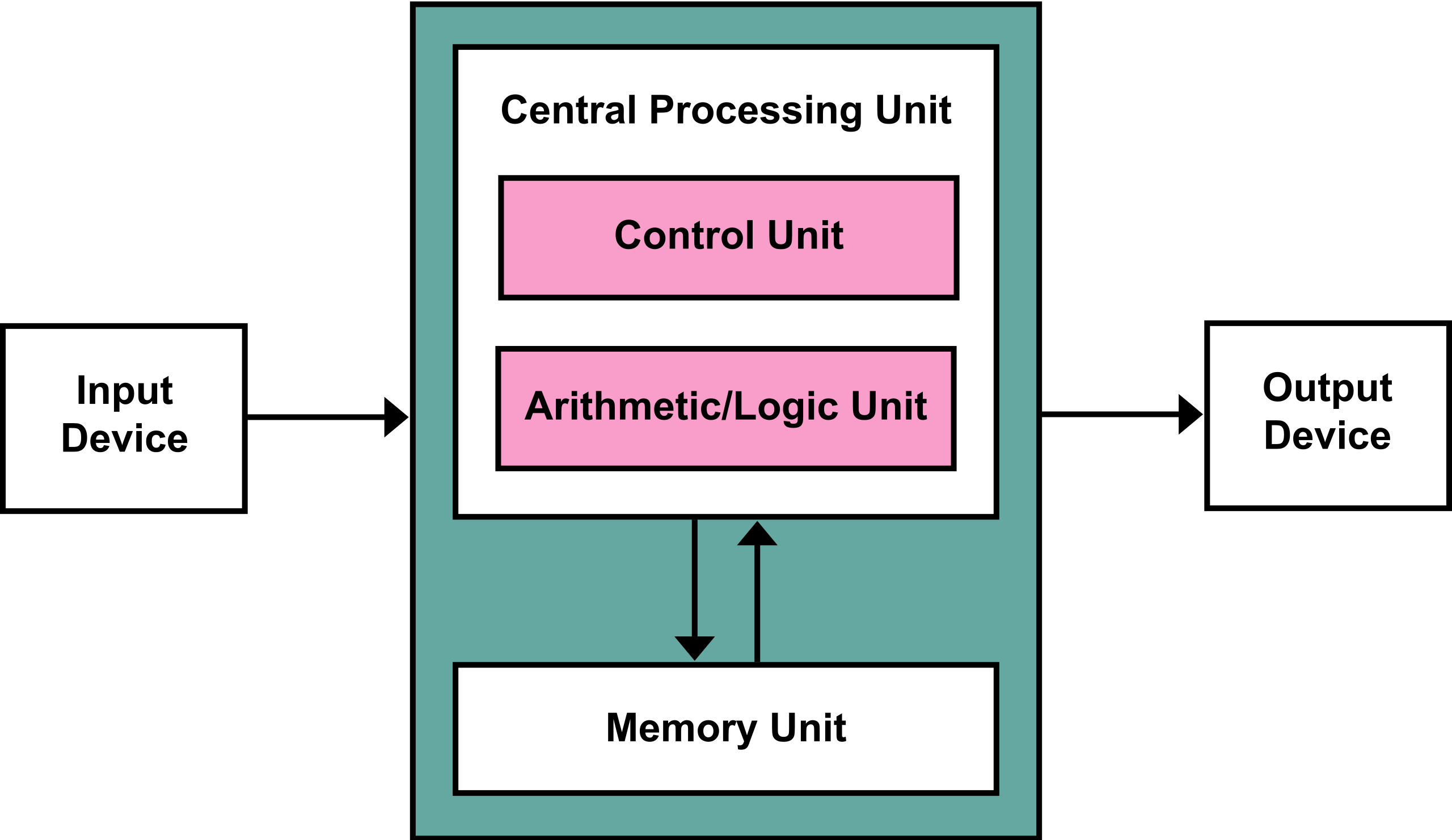Research Paves the Way for Honey-Based Neuromorphic Computing
Sweet, sweet science.
Researchers at Washington State University have built a proof-of-concept device that includes one of the crucial circuits for neuromorphic computing - the memristor - built out of an unlikely medium: honey. The researchers hope their research paves the way for biodegradable, sustainable, organic-based computing systems that are orders of magnitude more efficient than conventional computing architectures.
To build the device, the researchers processed true, bee-sourced honey into a solid form held between two metal electrodes, much like how your brain's synapses lie between pairs of neurons. The device was then tested for its ability to quickly switch on and off at speeds ranging between their biological counterparts' 100 and 500 nanoseconds - and it succeeded.
"This is a very small device with a simple structure, but it has very similar functionalities to a human neuron,” said Feng Zhao, associate professor of WSU’s School of Engineering and Computer Science, in the announcement. "This means if we can integrate millions or billions of these honey memristors together, then they can be made into a neuromorphic system that functions much like a human brain."
Neuromorphic computing stands at the crossroads between technological and biological evolution. Neuromorphic designs aim to mimic the functioning of our brain's neurons and synapses (developed over millions of years of evolution) in order to unlock orders of magnitude improvements in both computing capability and power efficiency. The abysmal difference in efficiency can't be understated: the world's most powerful supercomputer, Japan's Arm-based Fugaku, consumes an average of 28 million watts. Yes, it can solve problems that our brain can't; but the opposite is also true. Modern computers still lack the spark of creativity that comes (at least partially) from the ability to combine known information in novel ways - while consuming an estimated 10 W to 20 W of power. Memristors, with their capability to both process and store data, are key to achieve comparable levels of efficiency.
Conventional systems such as the current best gaming PCs are based on the Von Neumann design, a computational architecture proposed in 1945 by its eponymous creator. These require that the computing system be designed with input mechanisms such as a keyboard, mouse, or touchscreen, alongside an output medium (such as your computer monitor). And in order to process the inputs and convert them into the desired output, Von Neumman architectures include a CPU and data storage banks, such as internal caches (which have only been increasing in size as years go by) and external memory banks (such as RAM). This allows them to store both the intermediate and final results of computation, as well as the crucial instruction sets that guide the CPU's transistors throughout their workloads.

The physical distance that separates the computing elements from storage incurs in both performance and power efficiency penalties. These only increase the farther that data has to be fetched, which is one of the reasons for the development of in-CPU caches (of which AMD's 3D V-Cache stands as an apt example) that aim to reduce the distance between the storage and computing elements.
While the researchers pored over numerous organic materials as candidates for the memristor design, such as proteins, sugars and other organic compounds, honey presented the most promising characteristics.
Get Tom's Hardware's best news and in-depth reviews, straight to your inbox.
"Honey does not spoil," Zhao said. "It has a very low moisture concentration, so bacteria cannot survive in it. This means these computer chips will be very stable and reliable for a very long time."
Another important element of potential honey-based neuromorphic systems is their extreme biodegradability, which would help in cutting tons of electronic waste deriving from obsolete or defective silicon-based electronics.
"When we want to dispose of devices using computer chips made of honey, we can easily dissolve them in water," Zhao continued. "Because of these special properties, honey is very useful for creating renewable and biodegradable neuromorphic systems." This poses challenges not only for those of us who are unfortunate enough to make spilling coffee over electronics a personal sport, but also for the eventual deployability of these solutions in less controllable environments.
There's still work to be done on the honey-based memristor approach, however. One of the next research goals is to further miniaturize the computing element. While the current design stands at a micro-scale (about the size of a human hair), the team aims to bring its relative size down to nanoscale (around 1/1,000 smaller). There's no circumventing this scaling requirement: only at the nanoscale will devices be able to hold millions and even billions of these computing elements, the amount deemed necessary for useful neuromorphic systems.
As promising as the research is, it could eventually be impacted by the increasingly endangered worldwide bee population. But then again, we'd likely be facing much tougher challenges than the loss of capability to deploy honey-based neuromorphic computing systems.

Francisco Pires is a freelance news writer for Tom's Hardware with a soft side for quantum computing.
-
Endymio ".... based on the Von Neumann design, a computational architecture proposed in 1945 by its homonymous creator."Reply
The word you want there is "eponymous", Pires. -
Friesiansam The key to the power of the human brain, is the way each individual neuron is directly linked to thousands of others. It is surely going to be a long time before such a degree of interconnection, can be replicated artificially.Reply